#imleria badia
Text
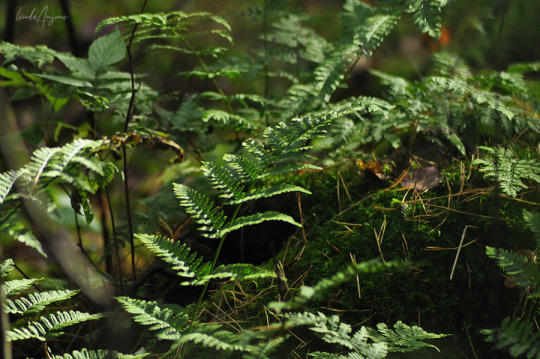
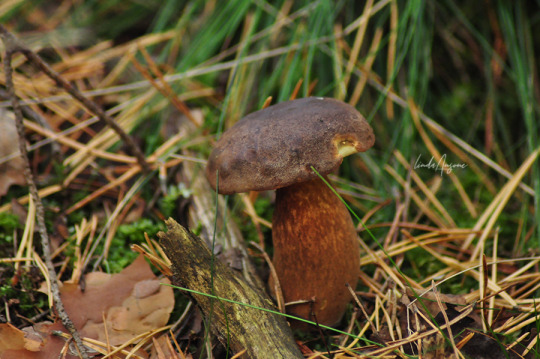
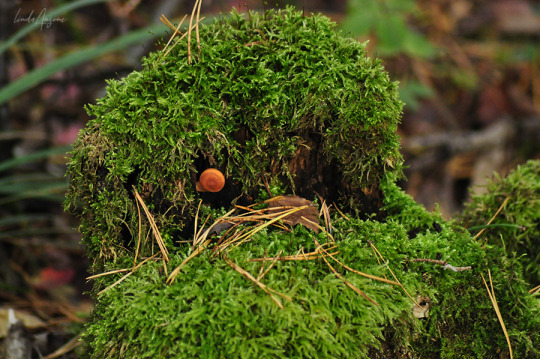
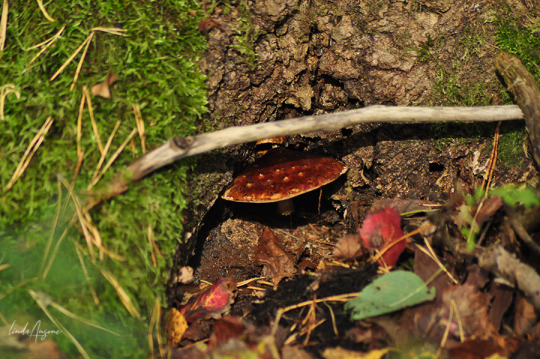
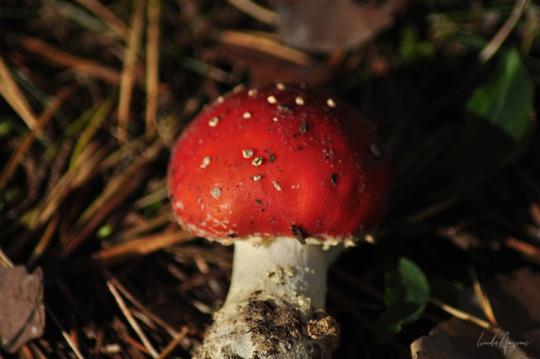
#forest floor#forestcore#woods#forest#mushrooms#fungi#plantcore#moss#fern#amanita muscaria#bay bolete#imleria badia#nature#naturecore#nature photography#original photographers#photographers on tumblr#i don't want time to pass too quickly yet I can't wait for the autumn shrooms
520 notes
·
View notes
Text

Mushrooms & Moss
Kanazawa, Japan
#photographers on tumblr#nature#mushrooms#moss#autumn#fall#kenroku en#兼六園#japanese garden#japan#kanazawa#original photographers#original photography#boletaceae#imleria badia#bay bolete
181 notes
·
View notes
Text
Le Bolet bai [Imleria badia]
🍄 Découvrez le Bolet bai ! Comment le reconnaitre ? Où et quand le trouver ? Les confusions avec les champignons comestibles et toxiques.
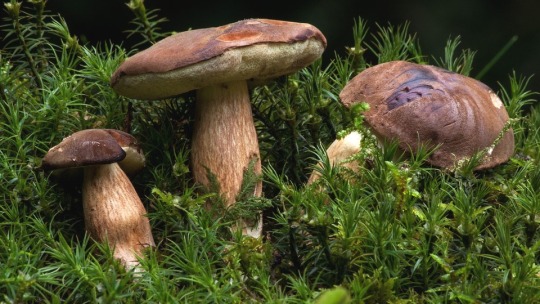
View On WordPress
0 notes
Text
Gelbe Dungfliege (Scathophaga stercoraria) sitzend auf Maronen - Röhrling (Imleria badia). 😋
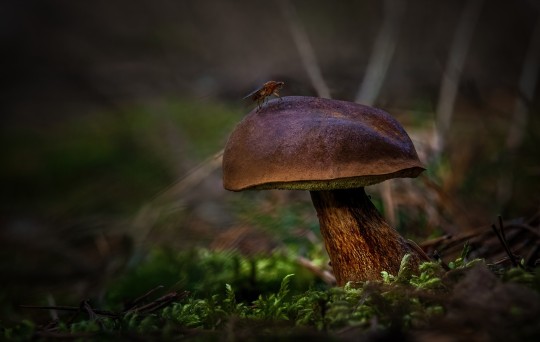
4 notes
·
View notes
Text
Autumn : The Mushrooms season !!!!
Bolet bai !!!!!
essbarer Pilz !!!!!
Champignon comestible !!!!!
Eatable mushroom !!!!
Imleria badia, autrefois Boletus badius ou Xerocomus badius, en français le bolet bai, est une espèce de champignons basidiomycètes comestibles de la famille des Boletaceae. Il contient de la théanine.
Nom scientifique : Imleria badia

Rang : Espèce
Classification supérieure : Imleria
Sous-classe : Agaricomycetidae
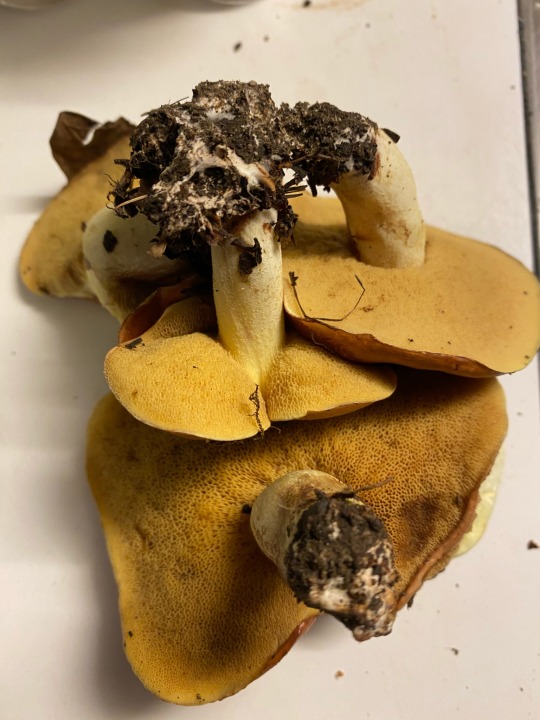
#mushrooms#champignon#autumn#automne#pilsen#herbst#breizh#bretagne#brittany#cotesdarmor#french#english channel#st cast
1 note
·
View note
Text


🍄 Imleria badia is a tasty, lovely smelling baby. It is recognizable by its intensive brown colour and yellow spongey bottom that turns grey/blue if pushed. 🍄
#goblincore#naturecore#goblin#nature#cottagecore#dirtcore#forestcore#forest#goblin culture#mushroom#mushroomcore#imleria badia#mycology#edible mushrooms#my photo#my photos
202 notes
·
View notes
Photo

..
#autumn#forest#nature#dark aesthetic#fungi#bay bolete#wald#Imleria badia#original photography#natur#vertical#fungus#forest photography#herbst#original photographers#swabia#plants#fern#farn#mushroom#pilz#fall#november#hiking#wandern#dark#grunge#mushrooms#pilze#germany
45 notes
·
View notes
Photo
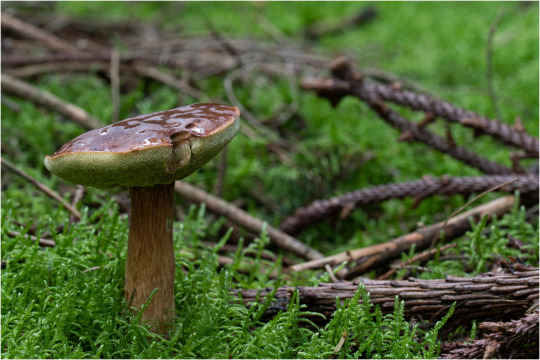

Brunstokket rørhat (Imleria badia)
Bay Bolete (Imleria badia)
#Brunstokket rørhat#Imleria badia#Imleria#Bay Bolete#Rørhat#Bolete#Svamp#Mushroom#Fungus#Spiselig#Spisesvamp#Edible#Nåleskov#Pine forest#Efterår#Autumn#Fall#Sjørup Skov
5 notes
·
View notes
Text

13 kilos.............
6 notes
·
View notes
Photo






Hexenteich Menden, Germany; 20 August 2017
#nature#fungi#mushrooms#forest#photography#destroying angel#imleria badia#amethyst deceiver#laccaria amethystina#xerocomellus chrysenteron#don't know the other ones#my stuff
3 notes
·
View notes
Photo
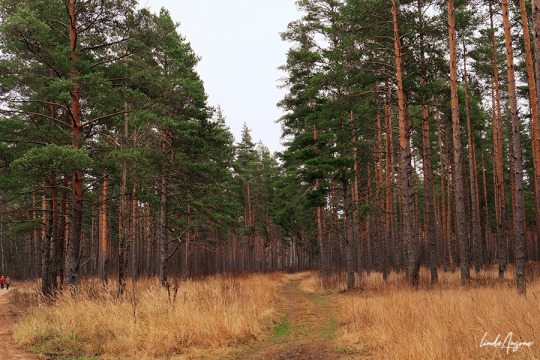
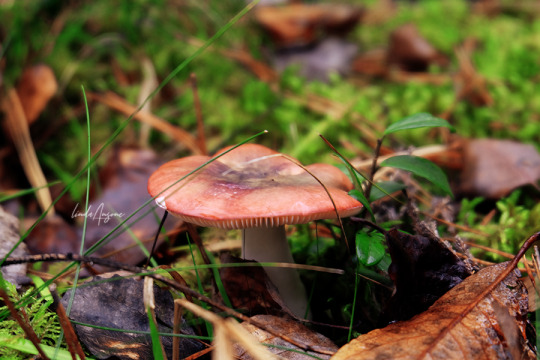

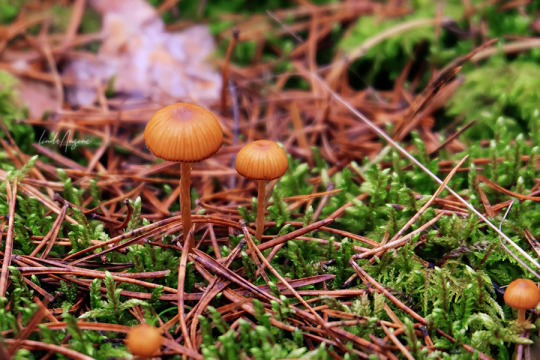
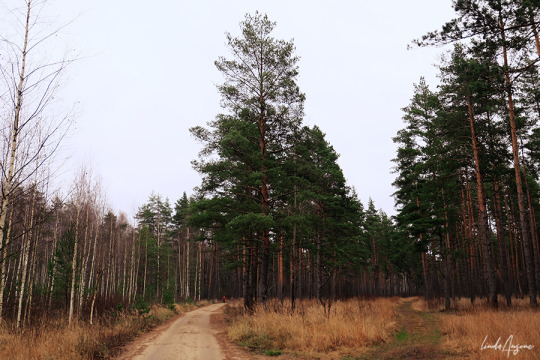
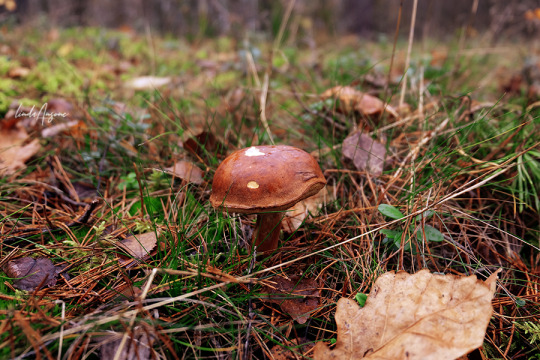
#woods#forestcore#forest#mushrooms#fungi#russula#galerina#imleria badia#bay bolete#forest floor#pine trees#latvia#nature#nature photography#original photographers#photographers on tumblr#autumn
316 notes
·
View notes
Photo
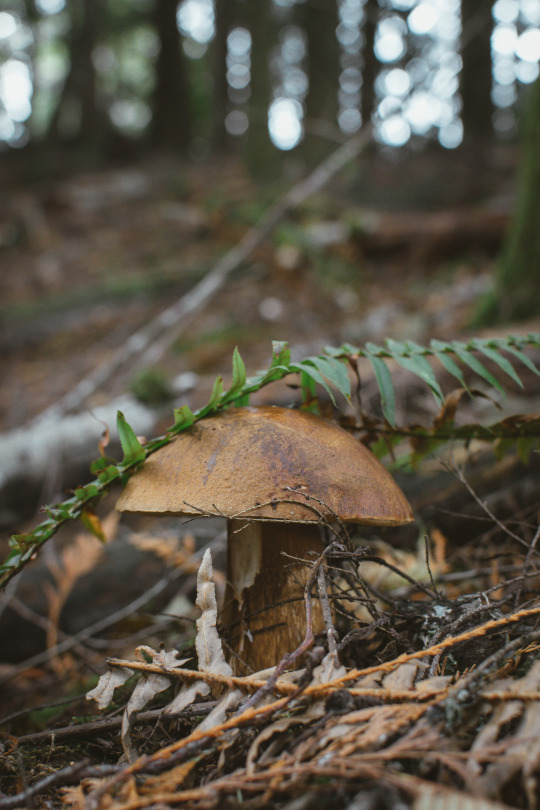
Bay Bolete (Imleria badia)
#fungi#mushroom#fungus#mycology#vertical nature#Washington#photographers on tumblr#original photographers#lensblr#landscape#uncropped nature#vsco#pnw#travel#pacific northwest#wanderlust#nature#p
217 notes
·
View notes
Text
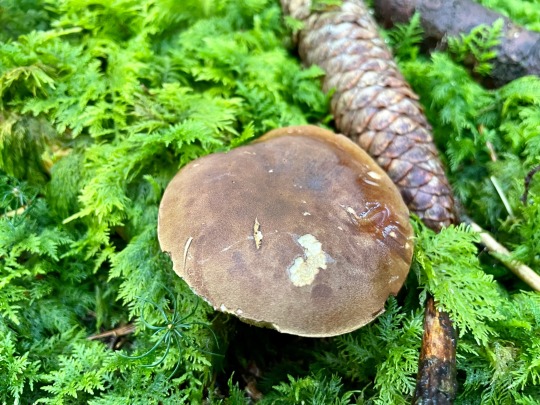
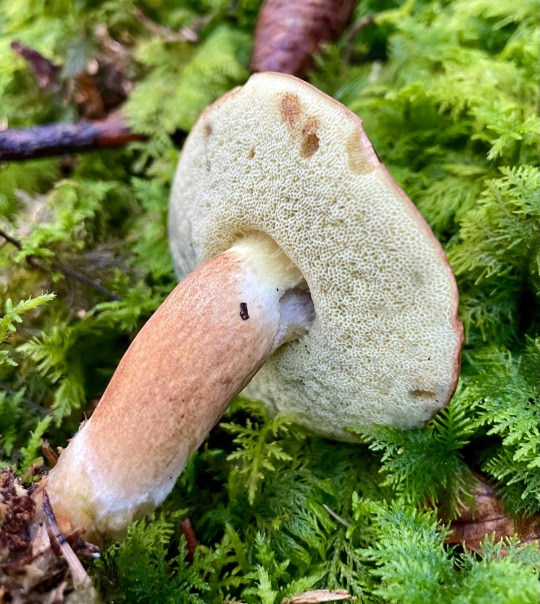
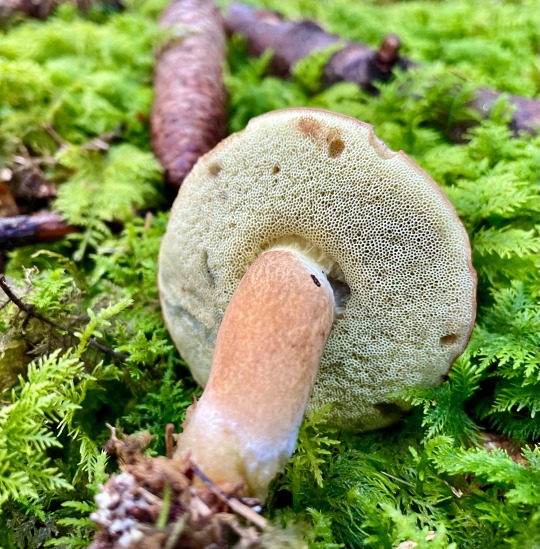
Maronen Röhrling, Imleria Badia
For me, one of the best edible mushroom🥰 11.09.21
#mushrooms#pilze#basidiomycota#fungi#mycology#pilz#wild fungi#pilzesuchen#mushrooms switzerland#mushrooms of switzerland#Imleria#boletus
6 notes
·
View notes
Text
Gilgamesz i ignoramus
Złamawszy francuskie lockdownowe zakazy (Filip psotnik), które na dzień dzisiejszy zabraniają mi oddalać się od domu na więcej niż kilometr,
wyszedłem w las, jak Gilgamesz do Lasu Cedrowego. Bynajmniej, nie żeby szukać nieśmiertelności,
moje intencje były znacznie bardziej przyziemne: Imleria badia, Boletus edulis Bull i inne tego typu przysmaki.
Nie znalazłem… ale finalnie odkryłem skarb nie mniejszy niż nieśmiertelność, myśli.
Rok 1880, Greenwich, rząd brytyjski wprowadza czas krajowy. Człowiek zaczyna kontrolować czas. A właściwie to chyba odwrotnie.
Rewolucja przemysłowa sprawia, że ludzkie życie stało się podobne do pracy na taśmie produkcyjnej, nawet jeśli nigdy na takowej człek nie pracował.
OD DO (kropka)
Łatwa zdigitalizowana wersja świata. Wszystko już wiemy...
zatraciwszy jednak przy tym zmysł mistycyzmu;
wewnętrzne oczy są zamknięte.
Nie widzimy już duchów lasów i polanek, widzimy tylko parującą rosę. Zgubiliśmy to uczycie, które kryje się pomiędzy pięknem a smutkiem.
Rada na owe czasy:
Szukajcie mistycznych polanek.
Tam jest coś więcej, niż parująca rosa.

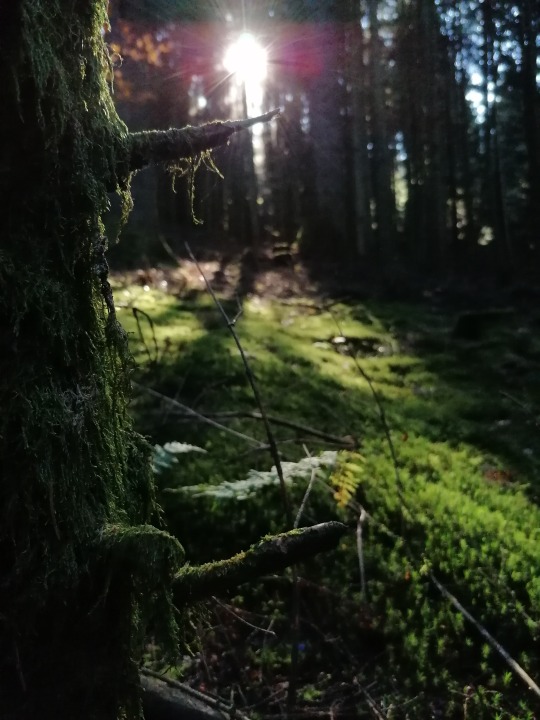
2 notes
·
View notes
Link
Imleria badia.
Imleria badia, the bay bolete, is an edible, pored mushroom found in Europe and North America, growing in coniferous or mixed woods on the ground or on decaying tree stumps. Both the common and scientific names refer to the bay-coloured cap, which is almost spherical in young specimens before broadening and flattening out to 15 cm (6 in) or more in diameter. On the cap's underside are small yellowish pores that bruise dull blue-grey when injured. The smooth, cylindrical stalk, measuring 4–9 cm (1.6–3.5 in) long by 1–2 cm (0.4–0.8 in) thick, is coloured like the cap, but paler. Regarded as a choice edible mushroom by some food writers, such as Antonio Carluccio, it is sold in markets in Europe and central Mexico. The mushroom can bioaccumulate mercury, cobalt, nickel and other metals; radioactive caesium levels spiked in specimens collected in Europe following the 1986 Chernobyl disaster.
0 notes
Text
Wikipedia article of the day for November 13, 2018
The Wikipedia article of the day for November 13, 2018 is Imleria badia.
Imleria badia, the bay bolete, is an edible, pored mushroom found in Europe and North America, growing in coniferous or mixed woods on the ground or on decaying tree stumps. Both the common and scientific names refer to the bay-coloured cap, which is almost spherical in young specimens before broadening and flattening out to 15 cm (6 in) or more in diameter. On the cap's underside are small yellowish pores that bruise dull blue-grey when injured. The smooth, cylindrical stalk, measuring 4–9 cm (1.6–3.5 in) long by 1–2 cm (0.4–0.8 in) thick, is coloured like the cap, but paler. Regarded as a choice edible mushroom by some food writers, such as Antonio Carluccio, it is sold in markets in Europe and central Mexico. The mushroom can bioaccumulate mercury, cobalt, nickel and other metals; radioactive caesium levels spiked in specimens collected in Europe following the 1986 Chernobyl disaster. via https://cutslicedanddiced.wordpress.com/2018/01/24/how-to-prevent-food-from-going-to-waste
0 notes